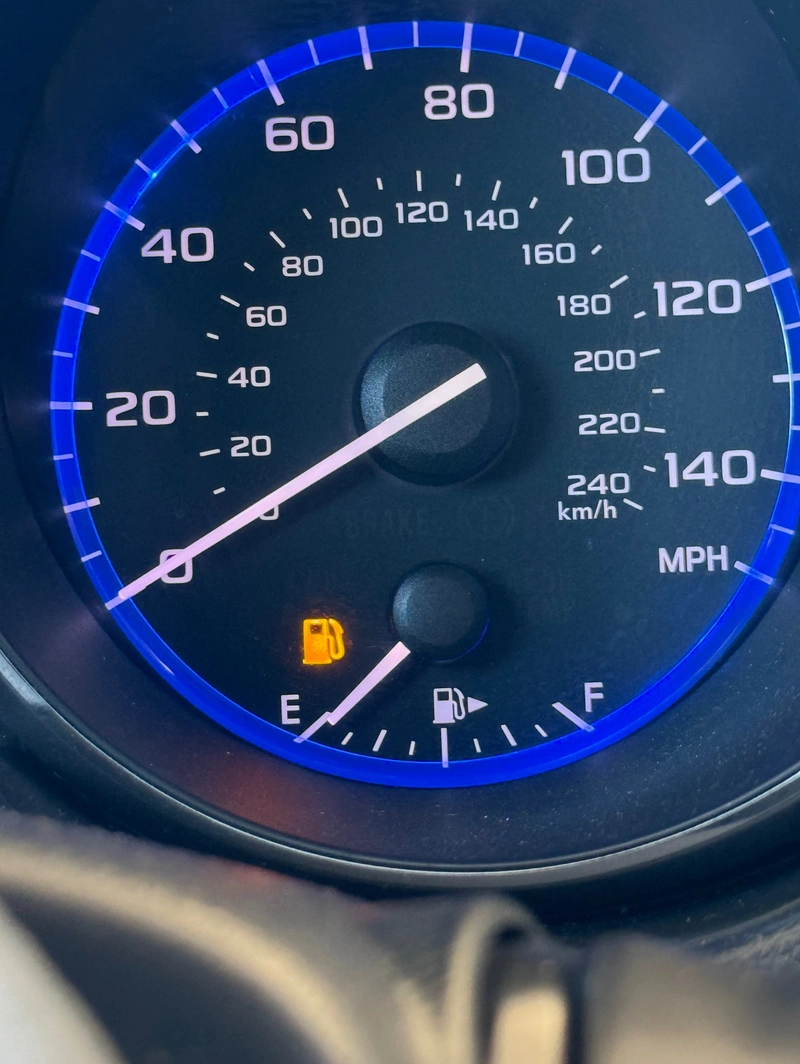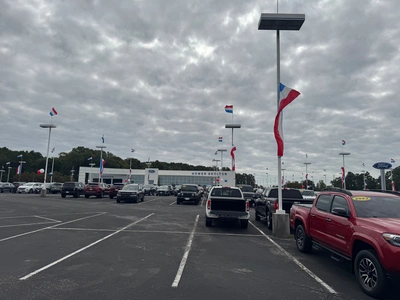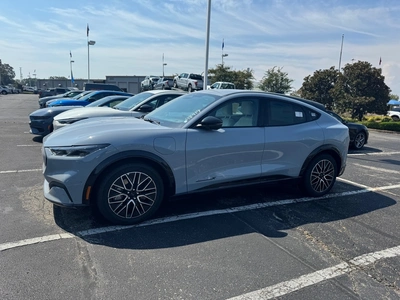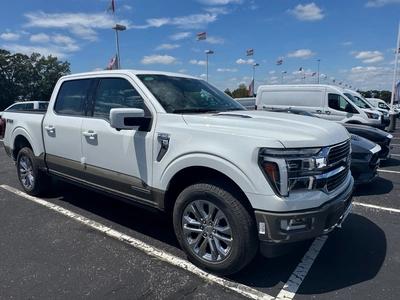1. Accelerate gently: Take about five seconds to accelerate from a stop to 15 miles per hour. Avoid hard acceleration and revving your engine to high RPMs.
2. Maintain a steady speed: Avoid braking and accelerating frequently, which can reduce your mileage by 2–3 miles per gallon. Gas mileage usually decreases rapidly above 50 miles per hour, so you can assume you're paying an extra $0.18 per gallon for every 5 miles per hour you drive over that speed.
3. Fill up slowly: Speeding up the process can reduce your gas efficiency.
4. Don't wait until you're on E before filling up: Gasoline begins to evaporate when it comes into contact with air.
5. Refuel when your tank is a quarter to half full: This can help maximize efficiency and reduce the risk of complications like fuel pump overheating and sediment blocking the filter.
6. Anticipate traffic: Time your speed to traffic lights to reduce repeated braking and acceleration. When approaching a stop sign or red light, take your foot off the gas early and let your car coast down to a slower speed.
Avoid idling: Idling can use a quarter to a half gallon of fuel per hour, depending on your engine size and air conditioner use. Turn off your engine if your car will be stopped for more than 60 seconds.
7. Use air conditioning sparingly: I know… It is more than 100° outside… The air conditioner puts an extra load on your engine, which increases fuel consumption.
8. Maintenance: Get regular oil changes and check your tires once a month to prevent blowouts.
9. Avoid carrying unnecessary weight
10. Remove roof racks when they're not being used
BONUS TIP
• Consider the day of the week: According to GasBuddy, gas prices are usually cheapest at the beginning of the week, with Monday and Tuesday often being the cheapest days.
• Use a manual transmission properly












